Quantum Materials
Electrons in solids obey the laws of quantum mechanics. In fact, solid state physics provides a platform for investigating fundamental questions about the quantum nature of our universe. For example, you experience Bose/Einstein or Fermi/Dirac quantum statistics in your everyday life when you observe heat transfer or a metallic conductor, respectively. You encounter the Pauli exclusion principle combined with “classical” electrostatics when you handle a ferromagnetic material. The insightful predictions leading to full understanding of these properties were among the greater triumphs of quantum mechanics in the last century. Today, many of the technological applications you use to view this and other websites result from these advances. There remain, however, many open questions and unresolved problems such as the nature of high-temperature superconductivity. And of course, there is always the prospect of discovering new phenomena that can further expand our understanding of condensed matter physics and our universe.
Quantum Materials We Work On
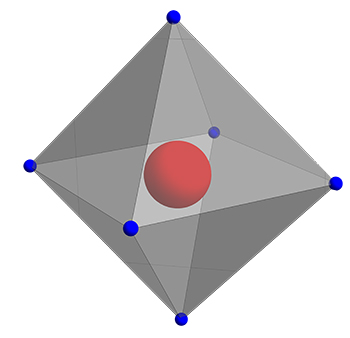
A particularly interesting class of solids is “strongly correlated materials,”
in which their valence-state electrons can feel a mutual Coloumb repulsion
(after all, they have the same negative charge) and enter a state of strong
interaction. At this point, any of the electrons’ quantum numbers become equally
important in governing the macroscopic properties. The spin, orbital, and charge
number can combine with the underlying (and always vibrating) crystal lattice to
ultimately produce a rich array of macroscopic phenomena such as metal-insulator
transitions, superconductivity, magnetism, etc. That’s right: interactions at
the quantum scale result in properties we can appreciate and make use of at our
life-sized scale.
In our group, we are primarily focused on transition-metal oxides as a platform
to study strong correlations. The extended d-orbital of the metal ion,
hybridized with the adjacent oxygen p-shell, leads to extraordinarily rich
physics. Looking at different material families like copper-oxides, nickelates,
manganates, iridates, we aim to understand the nature of their complex phase
diagrams that include superconductivity, charge+spin density waves, and
frustrated magnetism.
Understanding and manipulating these collective quantum grounds states could
eventually take us into a new generation of functionalities, data and/or storage
devices, and computational logic frameworks.
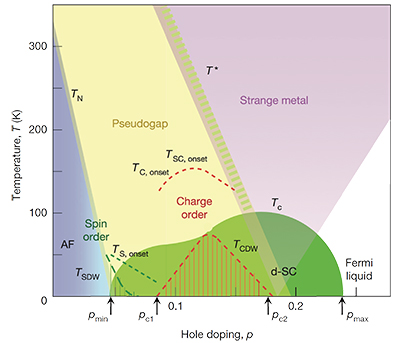
Quantum Materials At The Nanoscale
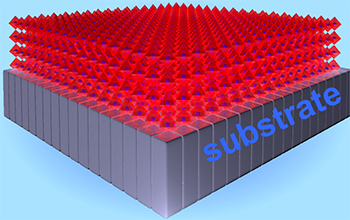
In attempting to push the boundaries of materials science and condensed matter
physics, we employ modern thin-film deposition techniques. We aim to grow the
materials in geometries and interfacial environments that solid-state chemistry
cannot easily afford due to the subtle thermodynamic constraints intrinsic to
those growth processes (e.g. flux growth). In fact, some of the materials we
investigate are so rare, they can only be observed in “single crystal” form if
grown epitaxially on a substrate.
Thin-film geometries provides several easily adjustable parameters. By choosing
different substrates, the lattice structure of the film can be strained to yield
new properties.
We can monitor and adjust their thickness with a precision of a few atomic
layers. In some cases, we can reduce the thickness down to just a few atomic
layers. A nearly 2-dimensional material can thus be created which displays novel
properties its bulk, 3-dimensional counterpart does not.
We can also grow layers of different materials and create an interface between
them with new electronic behavior. This bilayer sequence, also known as a
‘heterostructure’, can be repeated several times to create a superlattice with
many interfaces. Together, all these parameters can be combined to yield unique
materials with new underlying physics.
We are inspired by the phrase coined by Herbert Kroemer. After sharing the 2000
Nobel Prize “for developing semiconductor heterostructures used in high-speed-
and opto-electronics”, Kroemer said in his Nobel lecture: “the interface is
the
device”. We aim to identify new, fundamentally interesting, potentially
functional properties in transition-metal oxide interfaces.
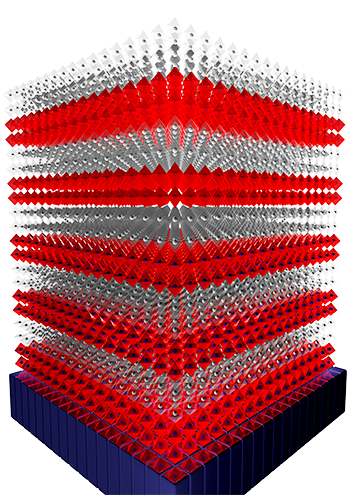
Quantum Periodicities
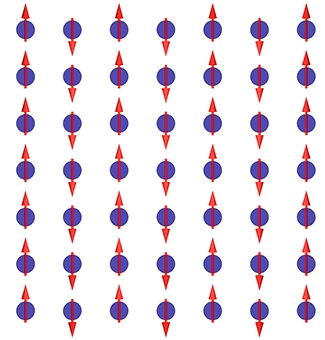
A central research topic in our group is the investigation of quantum mechanical
ground states with spatial periodicities inside the thin films,
heterostructures, and strained materials that we grow. The self-organization
into periodic waves of the charge, spin or orbital character of the electrons is
a fascinating phenomenon. Just like when atoms form periodic lattices in
crystals, creating long-range ordered periodic patterns could minimize the
strong, competing interactions between electrons. And nature loves to minimize
energy. Spin or charge density waves, for example, are commonly observed in
cuprates and nickelates. In addition, thermal excitations of and competition
between these ground states yield macroscopic properties like superconductivity,
exotic magnetism, etc.
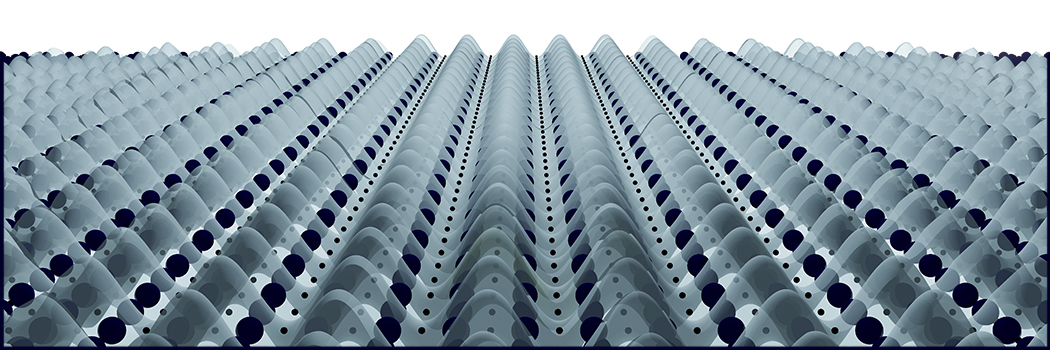
How We Do It
Familiar x-ray diffraction experiments produce a Fourier transform of the atomic
landscape via elastic scattering and are routinely used to study the structure
of solids. Resolving the inelastic energy exchange between photons and atomic
ions probes the dynamical structure factor, a quantity that reveals collective
dynamics of the atomic lattice and their dispersion. These techniques provide
unambiguous windows into atomic order in solids. What if the principle could be
used analogously to probe electronic order in correlated quantum materials?
By tuning the x-ray energy to electronic transitions and exciting electrons into
states near the Fermi level, spatial modulations and temporal dynamics of
electronic wavefunctions can be studied in Fourier space. Propelled by
technological advances in synchrotron science over the last decades, Resonant
(in)elastic X-Ray Scattering (RXS) provides this exciting and powerful tool to
investigate the electronic structure of solids.
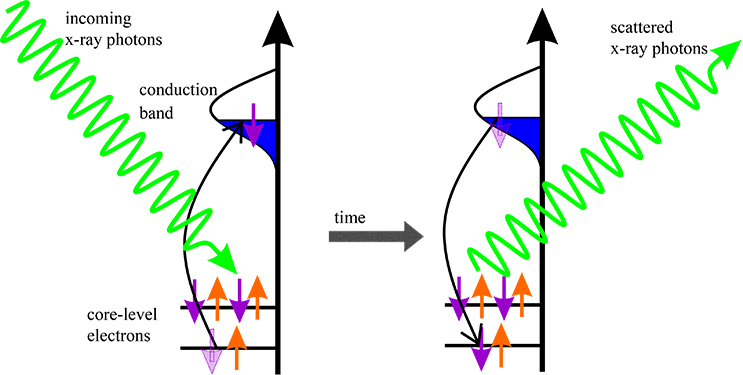
Where We Do It
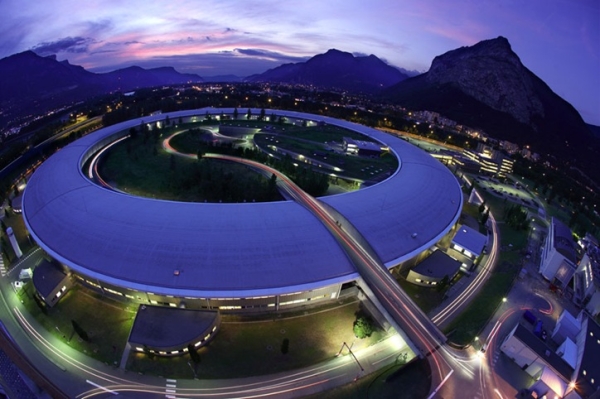
High flux x-rays with tunable energy are generated at synchrotron facilities.
Thus, we perform the bulk of our state-of-the-art experiments at the facilities
all over the world listed in the links section.
With that said, we do have x-ray diffraction capabilities at UCSD. We are part
of the X-ray Center, where we operate a 4-circle Huber diffractometer equipped
with a line detector and a low temperature cryostat. That way, we ensure that
our samples are fully characterized before we go out to the synchrotron.